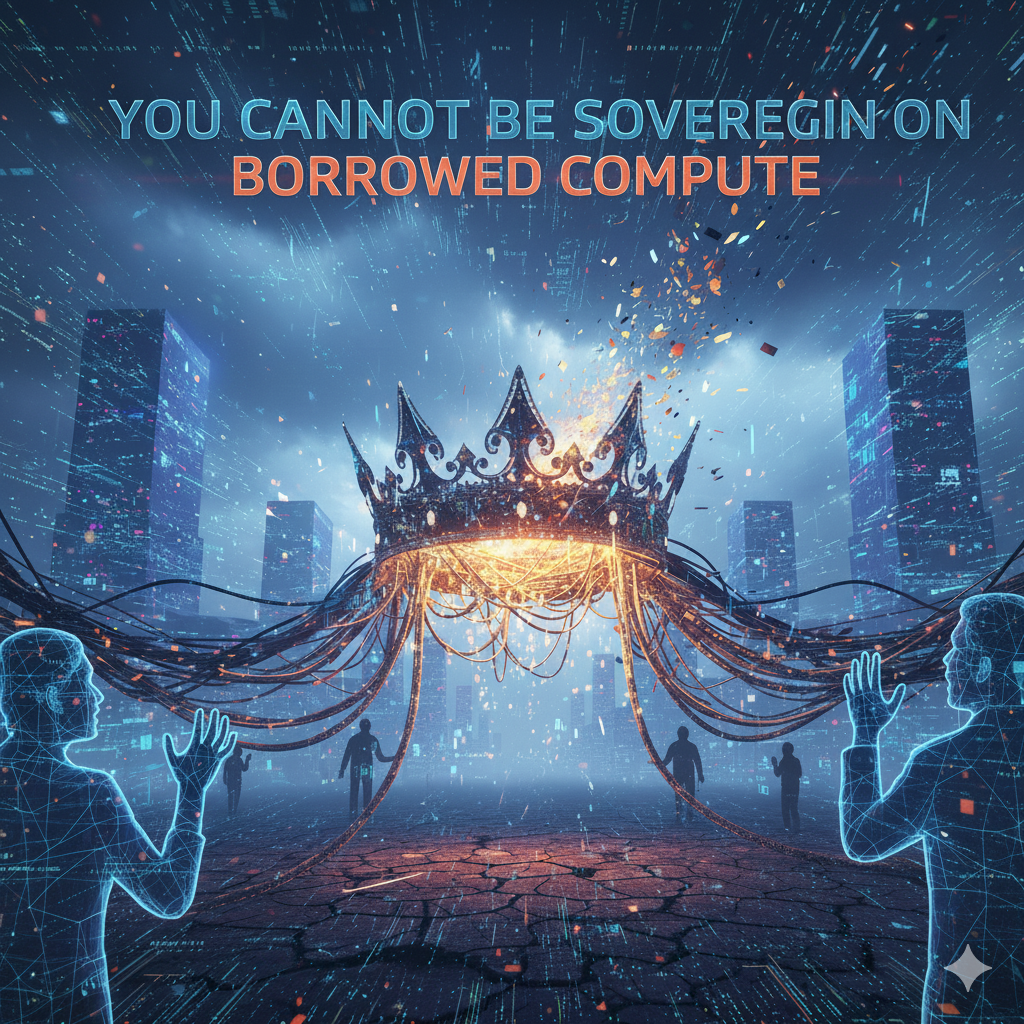Customer experience (CX) is a concept that involves everything from the level of service to how well products fit into customers’ lives. It is a key factor for business success, as it can drive customer loyalty, satisfaction, and retention.
To deliver a great CX, businesses need to leverage the latest CX technologies that can help them keep up with consumer demand, digital innovation, agility, and personalization. These technologies play a crucial role in optimizing your customer experience strategy.
12 Must-Know CX Technologies to Revolutionize Your Customer Experience Strategy
Here are some of the CX technologies that are shaping the industry and how you can use them for your CX strategy:
• Cloud computing:
Cloud computing is a technology that allows businesses to access computing resources over the internet, such as servers, storage, databases, or software. Cloud computing can help businesses improve their CX by reducing costs, increasing scalability, enhancing security, and enabling collaboration.
• Composable architecture:
Composable architecture is a technology that allows businesses to build and customize their CX solutions by combining modular components that can be easily added, removed, or changed. Composable architecture can help businesses improve their CX by increasing flexibility, agility, and innovation.
• Common platform with open APIs:
A common platform with open APIs is a technology that allows businesses to integrate their CX solutions with other systems and applications, such as CRM, ERP, or analytics. A common platform with open APIs can help businesses improve their CX by creating a seamless and consistent customer journey across multiple channels and touchpoints.
• Conversational AI:
Conversational AI is a technology that enables machines to communicate with humans using natural language, such as voice or text. Conversational AI can help businesses improve their CX by offering conversational interfaces, such as chatbots or voice assistants, that can provide instant and accurate answers, resolve issues, or guide customers.
• Artificial intelligence (AI):
AI in customer experience is a CX technology that enables machines to perform tasks typically requiring human intelligence, such as understanding natural language, recognizing images, or making decisions. AI can help businesses improve their CX by providing personalized recommendations, automating processes, enhancing customer service, and generating valuable insights.
• Augmented reality (AR) and virtual reality (VR):
AR and VR are technologies that create immersive and interactive experiences by overlaying digital elements on the real world or creating a simulated environment. AR and VR can help businesses enhance their CX by providing engaging and memorable experiences, enabling product visualization and try-on, and creating immersive training and education.
• Customer data platform (CDP):
A CDP is a technology that collects, unifies, and analyzes customer data from various sources, such as websites, apps, social media, or CRM. A CDP can help businesses improve their CX by creating a single view of the customer, segmenting customers based on their behavior or preferences, and delivering personalized messages or offers.
• Emotion recognition:
Emotion recognition is a technology that detects and analyzes human emotions from facial expressions, voice tones, or body language. Emotion recognition can help businesses improve their CX by understanding how customers feel about their products or services, empathizing with customers’ needs and emotions, and tailoring responses or actions accordingly.
• Internet of things (IoT):
IoT is a technology that connects physical objects to the internet, such as sensors, devices, or appliances. IoT can help businesses improve their CX by collecting real-time data from customers’ environments or behaviors, enabling remote monitoring and control of products or services, and creating smart and connected experiences.
• Voice technology:
Voice technology is a technology that enables machines to understand and respond to human speech, such as voice search, voice commands, or voice transcription. Voice technology can help businesses improve their CX by offering hands-free and natural interactions, improving accessibility and inclusivity.
• Self-service platforms:
These are technologies that allow customers to perform tasks by themselves, such as checking out, ordering, or returning products. Self-service platforms can improve customer experiences by reducing waiting time, increasing convenience, and empowering customers.
• Beacons and SMS tools:
These are technologies that use location-based signals to send personalized messages or offers to customers’ mobile devices, such as coupons, reminders, or recommendations. Beacons and SMS tools can improve customer experiences by creating relevant and timely engagement, driving traffic, and boosting sales.
How to Measure ROI in Your Customer Experience Strategy with CX Technologies?
Investing in CX technologies can help you improve your customer experience, but you also need to measure the return on your investment (ROI) to justify your spending and optimize your budget. There are different ways to measure the ROI on your CX technologies, depending on the type and purpose of the technology. One way is to calculate the monetary value of the time savings produced by efficiency and productivity gains. For example, if you use a chatbot to automate customer service, you can estimate how much time and money you save by reducing human agents and increasing customer satisfaction. Another way is to link your CX technologies to key performance indicators (KPIs) that reflect your business goals. For example, if you use an AI tool to analyze customer feedback, you can measure how it impacts your customer retention, loyalty, advocacy, and revenue.
To measure the ROI on your CX technologies effectively, you need to:
- Define the objectives and scope of your CX technology project.
- Identify the costs and benefits of your CX technology investment.
- Collect and analyze data from multiple sources and channels.
- Compare your results with benchmarks and industry standards.
- Communicate your findings and recommendations to stakeholders.
Having listed out the technologies, it is important to understand that customer experiences are not about knowing every last information about customers, it’s about knowing what they do, and why they do it. Organisations need to use CX technologies to help their customers have a frictionless experience and guide them through the pivotal moments in the customer journey.










